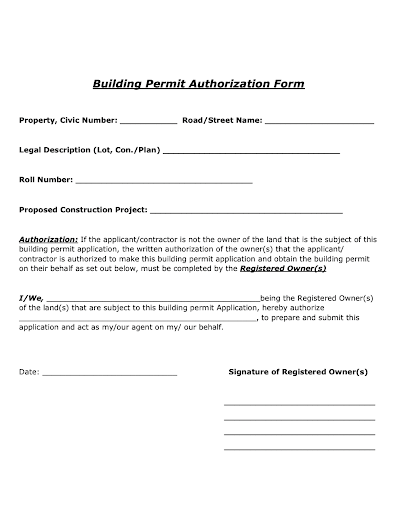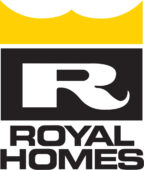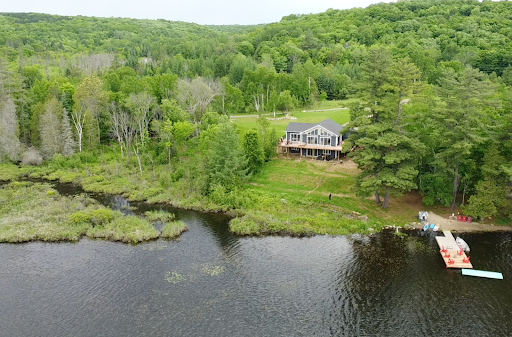Getting your building permits can be very easy. Or it can be challenging.
If you are building on a lot with plenty of space and no other restrictions, the Building Permit process can be fairly simple. After all, the building permit form itself is the same across Ontario. Yet often, there are complications.
We see a lot of projects where clients are trying to get the most out of their space. Maybe there is a lake or creek involved. Perhaps, they are building close to an environmentally-sensitive area. Suddenly, the Building Permit process can be longer and more arduous. That’s why you need all your ducks in a row. You want the process to be as smooth as possible.
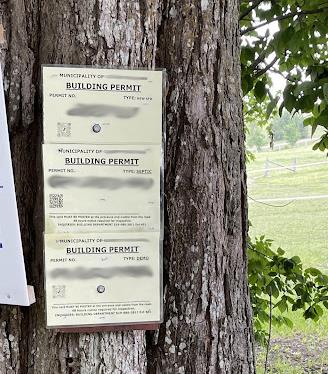
Standard Or Complex?
Many factors are at play. Even though building permit documents are usually standard, the permit itself can vary in complexity based on the site, location and each municipality’s zone requirements.
It all starts with a simple phone call. The client should be calling the municipality – or checking the municipality website – to see if there may be any special requirements for their parcel of land. Some questions need answering.
*Does a conservation authority have jurisdiction on the land due to a river or watercourse on the property or nearby? A Conservation Permit may be required.
*Will the lot need an Entrance Permit? Is it on a township, county or major highway?
*Are there any other zoning challenges? Will the custom home be a tight fit on the lot or encroach on the property setback lines? Would a variance be required?
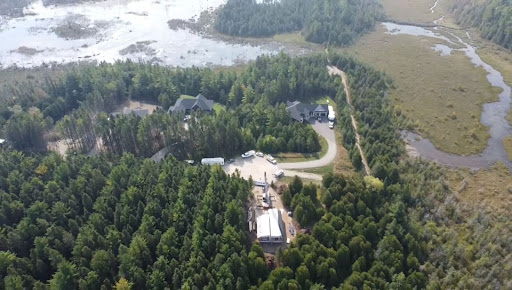
A custom home delivered near Louise Creek and Elmwood.
Permit Checklist
The municipality may have a “checklist” of what is required to apply for a Building Permit. If so, this can be very helpful. There is good news. In most cases, the drawings and documents required to apply for the permit themselves are the same for everyone.
Here’s what you need to apply:
*A set of construction drawings, including floor plans, basement plans, elevations, sections and any pertinent details. (provided by Royal Homes)
*A plot plan, this item may vary depending on the municipality. Most rural properties may only require a plot plan showing the location of the home on the property. (provided by Royal Homes)
*In addition to the plot plan a survey/lot grading plan may be required. The survey/lot grading plan would be conducted by a survey or engineering company. These are typically stamped by an engineer to ensure any water from your property does not affect surrounding properties.
*A truss layout with stamped engineered truss drawings. (provided by Royal Homes)
*If structural engineering is required, you need a stamped engineering letter of all items required. (typical engineering provided by Royal Homes)
*Heating, cooling and ventilation (HVAC) drawings and calculations. (provided by Royal Homes)
*If the project is on a rural property and a septic system is required (there is no “town sewage system”), a septic design and permit is also required. Usually, the client would have their septic installer provide the design and fill out this portion of the permit document.
A custom home built on a lake in Haliburton
Have A Teardown?
Of course, you may want to take that old home or cottage down.
If there is an old structure on the property, it may have to be removed before we can build your custom dream home or cottage. If so, a separate Demolition Permit is required. The same form has to be filled out separately for this permit, with the proper box checked on the form.
We recommend not demolishing the existing building until you have your new building permit.
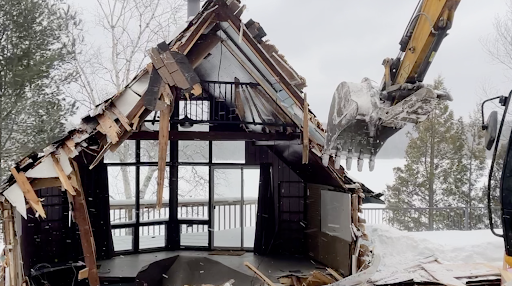
Video of an old cottage being torn down to make room for a new custom cottage
All In One Or Additional Permits?
You may have other construction on the property. Perhaps our client is building a shed or deck project on their own. In those cases, these items will require a permit as well. If the entire scope of work is completed by the same builder, then it would most likely be covered under one permit.
Zoning requirements must be approved and worked through regarding your lot. Until then, the municipality will not issue a Building Permit – and may not even look at the permit documents.
This is also the case if a Conservation Permit is required. Once Zoning and/or Conservation is signed off, then the Building Permit can be reviewed and approved.
The Ontario Building Code mandates that once a permit application is received, the municipality should turn the permit around – or respond – in 10 business days for residential home projects. Sometimes, the property owner may simply receive a request for more information within this time period, and then the clock starts again.
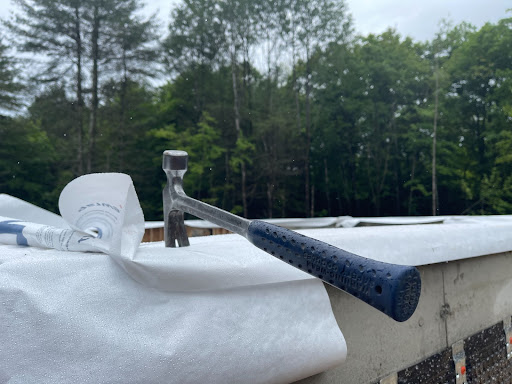
A Royal Agent
Smaller municipalities may only have a few inspectors who review the drawings and complete the site inspections. Larger municipalities will have separate “plans examiners” who review the permit document, as well as on-site inspectors. They may also have separate divisions which review each portion of the permit application (structural, HVAC, etc.). This can also add time to the process.
If the municipality has concerns or questions with the documents submitted, they typically issue a “deficiency letter” and ask for this information to be revised. They may seek additional information. Does all this intimidate you? We’re here to help make your custom dream home happen.
Often Royal Homes will work as the client’s “agent” and take charge of getting the permit for a client. We do charge to administer this process. There is a form required where the property owner gives the “agent” permission to act on their behalf. Here’s an example of this form:
